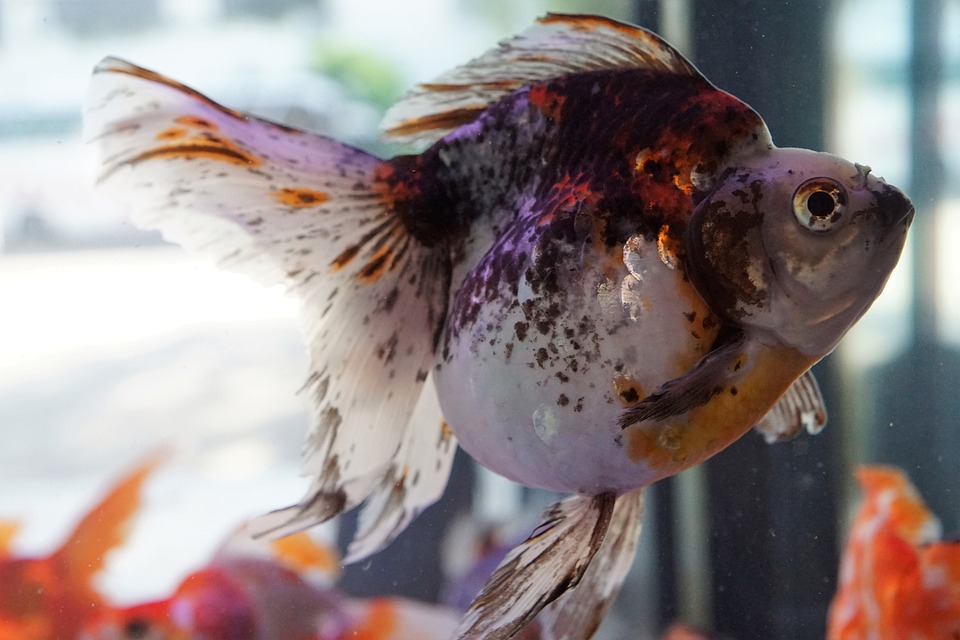Creating a suitable environment for your fish is crucial to their overall health and well-being. Understanding how fish respond to changes in their tank environment is essential for maintaining their optimal conditions. In this article, we will delve into the fascinating world of fish behavior and explore how they react to various changes in their surroundings.
The Importance of the Tank Environment:
The tank environment plays a vital role in the well-being of fish. It provides them with a safe and comfortable habitat that mimics their natural environment. A suitable tank environment is necessary for fish to display natural behaviors, breed, and thrive.
How does the tank environment affect fish behavior?
The tank environment directly influences fish behavior. Factors such as water temperature, quality, lighting, and tank size can affect their stress levels, feeding patterns, and social interactions. A well-maintained tank environment promotes healthy behavior and reduces the risk of disease and aggression.
What are the key elements of a suitable tank environment?
A suitable tank environment includes maintaining the appropriate water temperature, providing clean and well-filtered water, ensuring proper lighting conditions, and providing adequate space for fish to swim and hide. It is crucial to research the specific needs of your fish species to create the ideal environment.
Fish Behavior Patterns:
Understanding natural fish behavior is essential for creating a suitable tank environment. Fish exhibit different behavior patterns depending on their species and natural habitat.
Natural behavior in the wild vs. captive environment:
Fish in the wild exhibit natural behaviors such as schooling, hunting, and territoriality. When kept in captivity, fish may display altered behavior due to the limited space and absence of natural predators. However, providing an environment that closely resembles their natural habitat can encourage more natural behaviors.
Shoaling and schooling behavior:
Many fish species exhibit shoaling or schooling behavior, where they swim closely together in a group. This behavior provides protection against predators and enhances social interaction.
Aggression and territoriality among fish:
Some fish species are more prone to aggression and territorial behavior. It is essential to provide adequate hiding places and territories within the tank to prevent aggression and promote a harmonious environment.
Feeding behavior and its impact on the tank environment:
Fish have different feeding behaviors, including surface feeders, mid-water feeders, and bottom feeders. Providing the appropriate type and amount of food at regular intervals ensures the well-being of your fish and also helps maintain a clean tank environment.
Factors that Influence Fish Behavior:
Several factors can influence fish behavior, and it is essential to monitor and adjust these factors accordingly.
Water temperature and its effect on fish behavior:
Fish are ectothermic, meaning their body temperature is determined by the surrounding environment. Sudden temperature changes can stress or even be fatal to fish. Maintaining a stable and appropriate water temperature is crucial for their well-being.
Water quality and its impact on fish behavior:
Poor water quality can lead to stress, disease, and even death in fish. Factors such as pH level, ammonia, nitrate, and nitrite levels should be regularly monitored and kept within acceptable ranges.
Lighting and its influence on fish behavior:
Lighting plays a significant role in fish behavior. It can affect their feeding patterns, breeding behavior, and overall activity levels. Providing a suitable lighting schedule that mimics their natural environment is essential.
Tank size and its effect on fish behavior:
The size of the tank is crucial for fish behavior. Overcrowding can lead to stress, aggression, and poor water quality. Providing adequate space for fish to swim and hide is essential for their well-being.
Adapting to Changes in the Tank Environment:
Introducing changes to the tank environment should be done gradually to minimize stress and ensure a smooth transition for the fish.
Acclimating fish to their new environment:
When introducing new fish to a tank, it is essential to acclimate them slowly to the new environment. This helps them adjust to the water parameters and reduces stress.
Gradual changes vs. sudden adjustments:
Sudden changes in water temperature, pH, or lighting can stress fish. Gradual changes are better tolerated and allow the fish to adapt more effectively.
Introducing new tank mates and monitoring their behavior:
When adding new fish to a tank, closely monitor their behavior to ensure compatibility. Some fish may display aggression towards newcomers, requiring careful observation and intervention if necessary.
Common Signs of Stress in Fish:
It is crucial to be aware of common signs of stress in fish to address any issues promptly.
Erratic swimming patterns, loss of appetite, changes in coloration or physical appearance, and increased aggression or territorial behavior are all potential signs of stress in fish. If any of these signs are observed, it is essential to assess the tank environment and make necessary adjustments to ensure the well-being of the fish.
Conclusion:
Understanding fish behavior is essential for providing them with a safe and comfortable tank environment. By considering factors such as water temperature, quality, lighting, and tank size, you can create an optimal habitat for your fish. Additionally, being aware of common signs of stress and knowing how to respond to changes in behavior will ensure the well-being of your aquatic companions. Remember, a happy and healthy fish is a joy to behold!









